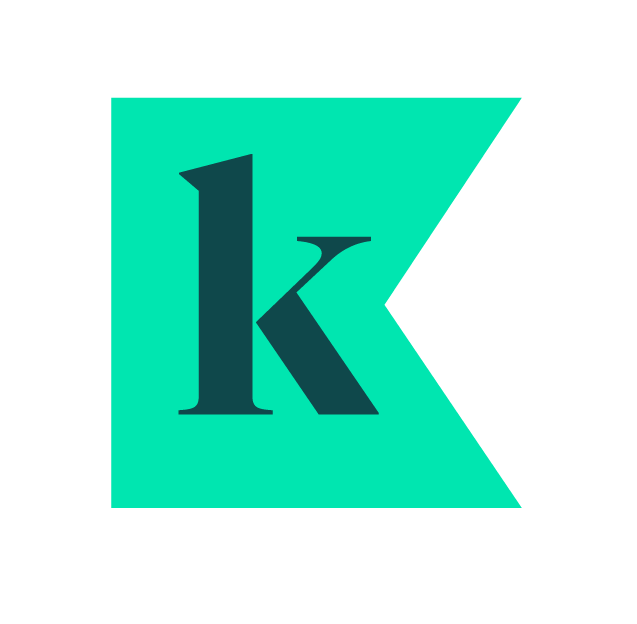When it comes to teams, the prospect of going through a ‘restructure’ or a ‘reorganisation’ is typically met with two responses: eyes widening in fear or rolling in cynicism. With data showing more than 80% of restructures failing to deliver expected benefits and around 10% causing real damage, this is no surprise.
Time and again, restructures are held up as a solution to a problem that nobody fully understands: “our performance has dipped, we’ve missed our targets, our competitors are outgrowing us, our profitability isn’t where we’d like it to be….” In response to these challenges, organisations tend to revert to one lever they know how to pull: moving people and activity around in the hope that it can unlock some value, somewhere. But in the process, restructures can impair decision-making, paralysing organisations into inertia and inaction. Not to mention the human consequence for those on the brunt end, whose own productivity is stifled by the added stress and uncertainty of it all.
As professionals who have worked in this field for a long time, Kindred knows that it doesn’t have to be like this. Restructures are rarely the best starting point to address an organisation’s challenges. But they are sometimes inevitable – particularly in the context of organisations that are growing rapidly or dealing with a shift in their circumstances, such as a change in ownership or funding. So, if you have to do a restructure either as a standalone activity or as a result of something else, here’s how to do it more kindly.
1. Be clear on your intention.
In many ways, ‘restructure’ is a misnomer. One of the most powerful elements of organisation design is not the structure itself, but the purpose and principles on which the organisation operates. These set out the aspiration and guardrails for people – what their roles contribute to the organisation and how they work together as part of a team. Structure doesn’t give people clarity or meaning in their roles: these things do. However well-intentioned your new org chart is, it will not stand alone as the basis on which work gets done. As such, it’s critical that any organisational model you choose to adopt includes a clearly articulated purpose and well-considered design principles as a stable foundation.
2. Transparency from the off.
Organisations can often be guilty of insincerity when it comes to the motivation behind restructures or the rationale for the chosen option. This can be easy to see through and is highly damaging to trust. If your goal is to reduce operating cost, say so – but be prepared to be challenged about other ways that this can be done. Whatever your goals, sharing your thinking early and being open to ideas may present you with new and better options. The benefit of transparency through the design is that it enables any subsequent consultation exercise to focus on the personal impact for people in the team. Your conversations from there are not spent trying to retrospectively justify your own decision-making, but rather allowing time for people to understand what it means for them. In my experience, this speeds up the implementation process considerably and means you face fewer stumbling blocks. It also minimises the risk of doing real damage to motivation and performance along the way.
3. Participation as a rule.
During restructures, the desire for control can be counterproductive. The most successful restructures I’ve led have had participation at their heart. Existing structure charts and job descriptions do not reflect the day-to-day activity and experience of your teams. When it comes to how things could be improved – who could better describe the current frustrations and inefficiencies? So, resist doing things behind closed doors since less participation only increases fear and speculation. When it comes to thinking about sensible roles and activity, showing faith in your own team’s decision-making helps to get to a better outcome. Although not everyone can be ‘in the tent’ when it comes to decisions, they can at least be ‘in the room’ when it comes to discussion. Ask your teams, “what holds you back from doing your best work?”. When you hear what they have to say, think about how much of this could be improved with a simpler structure or greater role clarity and what needs to be resolved through broader improvements to ways of working.
4. Put the org chart in its place.
As already noted, the organisation chart is best viewed as a by-product not an end game. It’s tempting to feel as though you’ve ‘done the work’ once you reach this stage, so many people jump to this step too quickly. But an org chart just shows you what the organisation looks like (at least, in theory). It doesn’t give any indication as to how it works. Make time to consider the nature of interactions between people, how they meet and come together, where activity is distributed and what the key roles or decision-rights are across key processes. Think too about the important mindsets and behaviours that you see as being required in the new structure, especially if you are expecting to see a shift in parts.
5. Don’t skirt the tough stuff.
Changing the structure of a team should challenge the role of leadership. Take the opportunity to reflect on how senior roles should shift and talk openly about how this impacts your own role. When it comes to the path you choose to take, make sure you tackle the difficult decisions and leave no “sacred cows”. I’ve been part of many conversations with clients over the years where artificial barriers are put up around some peoples’ roles that hamstring the design and leave you tinkering around the edges. Whilst to some extent it’s true that you design for the people that you have, this should not mean compromising for the few in a way that negatively impacts the many.
Showing vulnerability is important too, so prioritise face to face communication rather than email. It helps if you can focus the dialogue on what matters to your people by working hard to find something about the change that will motivate them. And please don’t pretend it’s a one-off. In today’s complex world we need our organisations to be adaptive by design, so set out how you see the team or department continuing to evolve over time.
6. Put people ahead of policy and process.
This one normally gives my HR colleagues the jitters, but it often feels as though organisations can prioritise doing things ‘by the book’ above providing employees with as much certainty as possible. Throughout the years I’ve worked with clients and teams to implement fairer processes around consultation and redundancy that don’t strictly follow the rule book. This has included taking some liberties with the ‘degree of change to role’ assessment that often triggers redundancy. You can be clear that roles have significantly changed but take a more generous approach to matching of people (this must be applied consistently, of course). In practice this means that you limit the number automatically put at risk and slot people into roles where you normally wouldn’t, whilst giving employees the option to opt out of this approach in favour of redundancy. Some people will still choose to leave and may do so with a bad taste in their mouths, but through a simple change in the approach you can demonstrate that you tried to limit the degree of stress and anxiety for people through the process.
I’m still learning as I go on how to do organisation design well whilst limiting the personal impact of its application.


